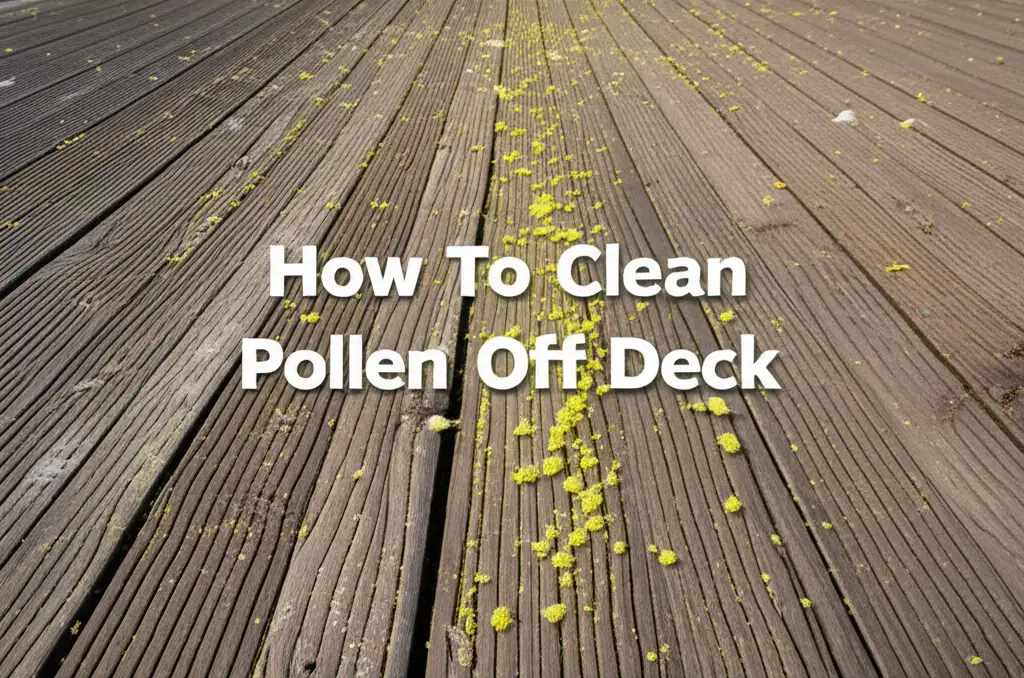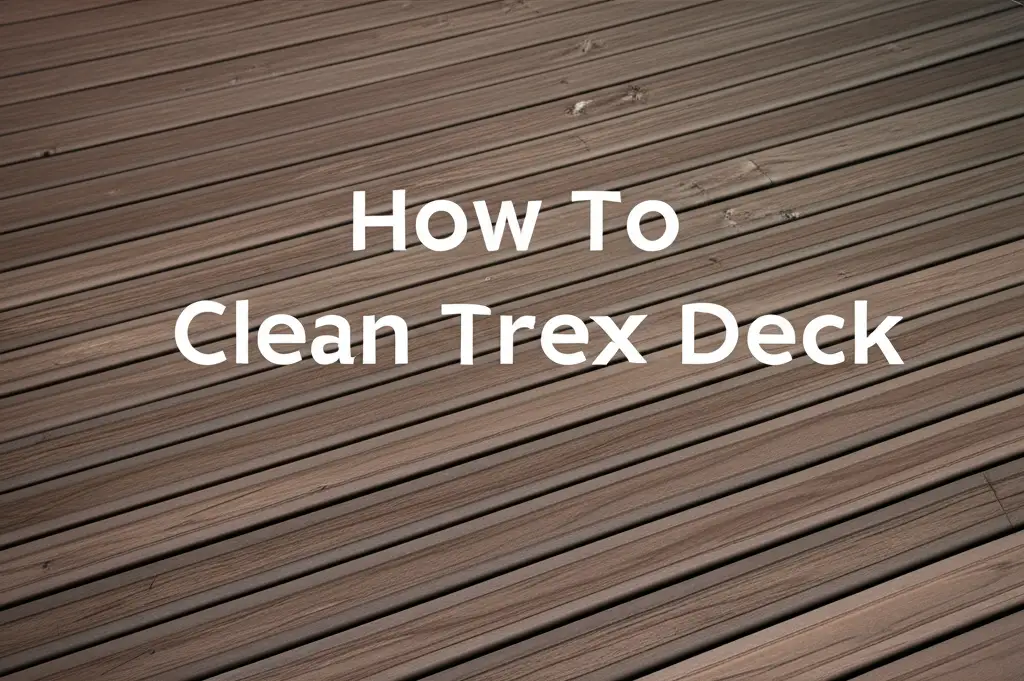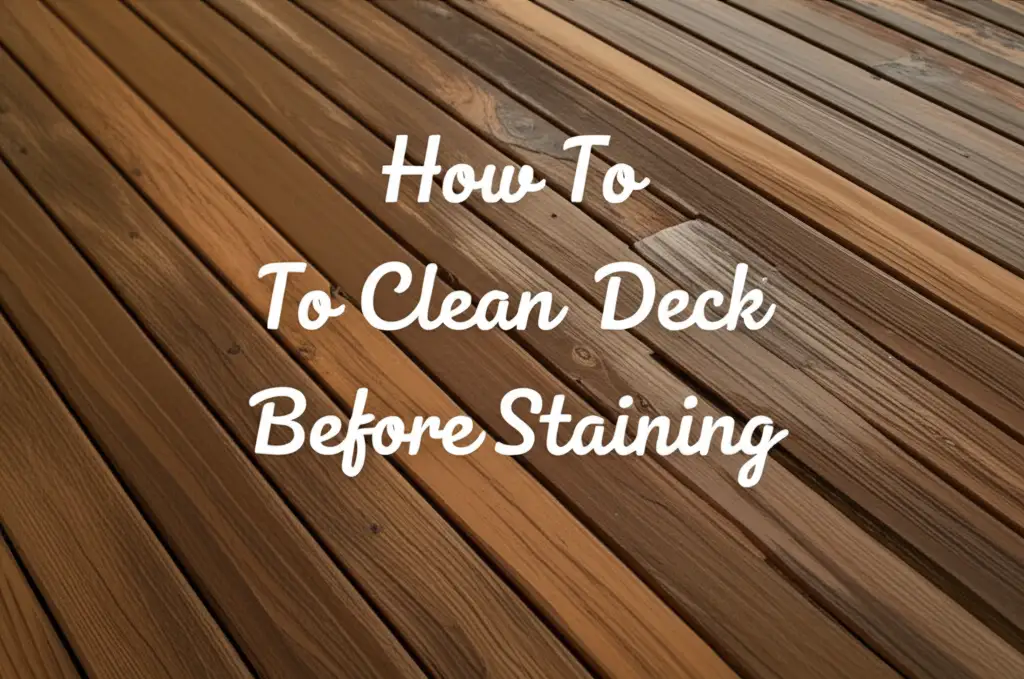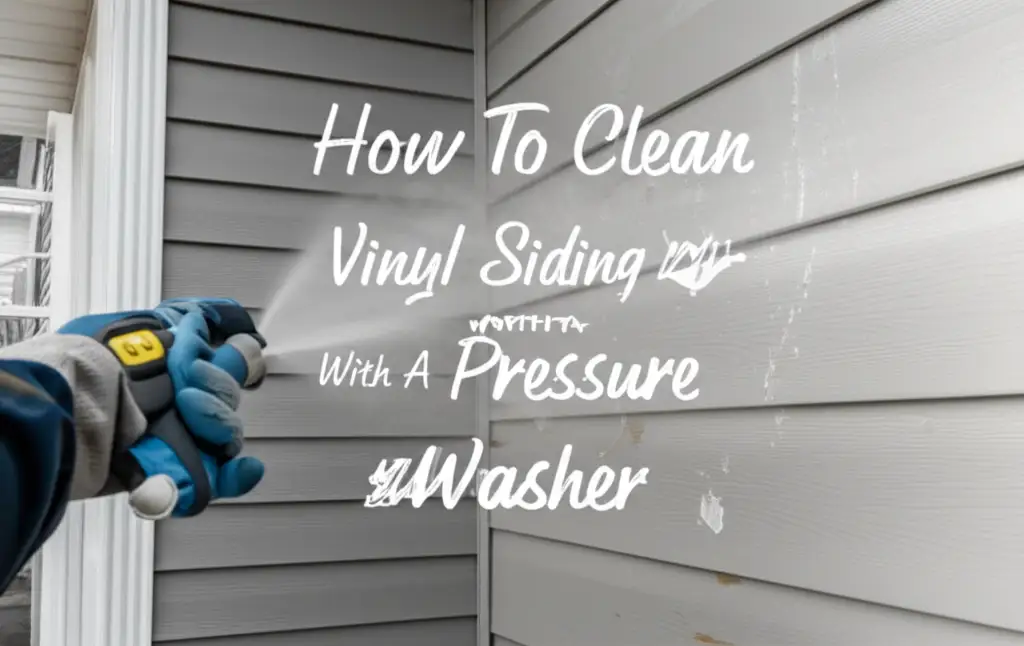· Deck Maintenance · 11 min read
How To Clean Between Deck Boards
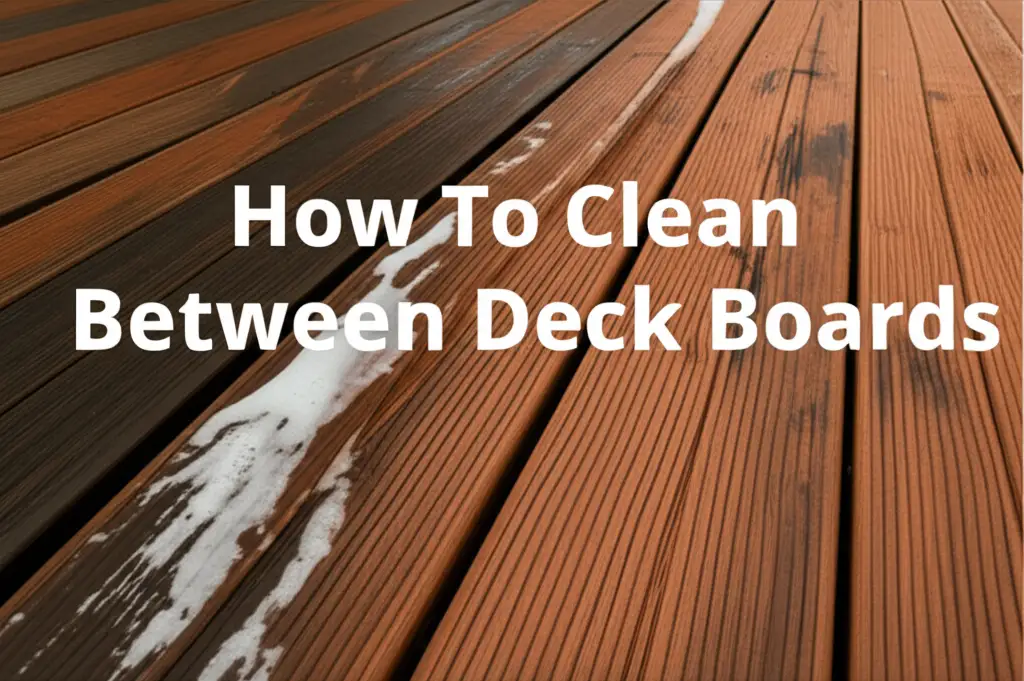
Effective Ways to Clean Between Deck Boards
Decks give us a fantastic outdoor space. We love spending time on them. But over time, dirt, leaves, and other debris fall into the gaps. Cleaning between deck boards keeps your deck looking great. It also helps it last longer.
This article shows you how to tackle those tricky spots. We will cover the tools you need. We will give you simple steps for effective cleaning. Keeping these gaps clear prevents bigger problems. Your deck will stay clean and strong for years.
Takeaway
- Regularly clean between deck boards to prevent damage.
- Use simple tools like crevice cleaners and brushes.
- Consider pressure washing for deep cleaning.
- Address mold and mildew quickly to protect your deck.
- Implement a routine cleaning schedule for long-term deck health.
Cleaning between deck boards removes trapped debris, preventing moisture accumulation, rot, and mold growth. This process improves air circulation, extends your deck’s lifespan, and maintains its appearance. Use appropriate tools and cleaners based on your deck material and the type of debris.
Understanding the Importance of Clean Deck Gaps
Imagine a beautiful, well-kept deck. Now, look closely at the spaces between the boards. These small gaps are important. They allow water to drain away. They help the wood breathe and dry out.
Over time, these gaps collect many things. Leaves, dirt, pollen, and even small seeds can get stuck there. This trapped debris holds moisture against your deck boards. It creates a damp environment that is bad for wood.
When moisture stays too long, mold and mildew start to grow. This growth looks unpleasant. It also causes the wood to rot over time. Rot weakens your deck structure. Cleaning these gaps is a basic step in proper deck maintenance. It protects your investment and keeps your deck safe.
Gathering Your Tools for Deck Board Cleaning
You need the right tools to clean between deck boards. Having everything ready makes the job easier. Many tools you might already own. These tools help you remove debris effectively.
Start with a stiff-bristled brush. This type of brush helps dislodge surface dirt. You also need a specialized crevice tool or a putty knife. These items reach deep into the gaps. A shop vacuum with a narrow attachment can be very helpful for sucking up loose debris.
For cleaning solutions, you have options. A good deck cleaner works well for general dirt. For mold or mildew, a bleach-free deck brightener or a vinegar solution can be effective. Always wear safety glasses and gloves. This protects you from debris and cleaning chemicals. A garden hose is also essential for rinsing.
- Stiff-bristled brush: For scrubbing surfaces and dislodging loose dirt.
- Deck crevice tool or putty knife: To scrape out debris from narrow gaps.
- Shop vacuum with narrow attachment: To remove small pieces of dirt and leaves.
- Deck cleaner or brightener: To break down grime and refresh the wood.
- Garden hose: For thorough rinsing after cleaning.
- Safety glasses and gloves: Essential for personal protection.
Manual Methods for Cleaning Between Deck Boards
Manual cleaning is often the best approach for regular maintenance. It gives you control. You can focus on specific dirty areas. This method is gentle on your deck boards.
First, sweep the deck surface. Remove any loose leaves or large debris. This step prevents pushing more dirt into the gaps. Next, use your crevice tool or putty knife. Carefully scrape out the debris lodged between the boards. Work slowly along each gap. You will be surprised how much dirt comes out.
After scraping, use your stiff brush. Scrub along the gaps and over the boards. Mix your chosen deck cleaner with water following product instructions. Apply the cleaner to a small section. Let it sit for a few minutes. Then, scrub vigorously with the brush. Rinse the area thoroughly with a garden hose. Ensure all cleaner residue is gone. For general cleaning of your deck surface, it’s a good idea to know how to clean dirty deck without removing stain. This ensures you clean the entire area uniformly.
- Sweep the deck: Clear off all surface debris before starting.
- Scrape the gaps: Use a crevice tool to remove stuck debris.
- Apply deck cleaner: Mix and apply the cleaner according to directions.
- Scrub thoroughly: Use a stiff brush to clean the gaps and board surfaces.
- Rinse completely: Wash away all dirt and cleaner with a hose.
Using a Pressure Washer for Deep Deck Gap Cleaning
A pressure washer offers a powerful way to clean between deck boards. It can blast away stubborn dirt and grime. This method is faster than manual scrubbing for large decks. However, you must use it carefully.
Start by sweeping the deck to remove loose debris. This prevents clogging your pressure washer. Choose the right nozzle. A fan-tip nozzle (25-degree or 40-degree) is usually best. A zero-degree nozzle is too strong. It can damage your deck. Hold the wand at an angle. Direct the spray along the gaps. Do not spray directly down into the gaps. This can force water deep into the substructure.
Maintain a consistent distance from the deck surface, about 6-12 inches. Move the wand in a sweeping motion. Overlapping strokes ensure an even clean. Do not stay in one spot too long. This can cause streaking or damage the wood fibers. A pressure washer can be very effective if you are planning to clean a deck before staining. This ensures a perfectly clean surface for the stain to adhere to. Always let the deck dry completely before applying any stain.
- Prepare the deck: Sweep away all loose items.
- Choose the correct nozzle: Use a wide-angle fan tip (25-40 degrees).
- Angle the spray: Direct the water along the gaps, not straight down.
- Maintain distance: Keep the nozzle 6-12 inches from the deck.
- Use sweeping motions: Clean evenly without dwelling on one spot.
Tackling Mold and Stubborn Debris Between Boards
Sometimes, cleaning between deck boards means more than just removing leaves. Mold, mildew, and deeply embedded debris pose a greater challenge. These issues need specific treatment. Ignoring them can lead to deck damage.
Mold and mildew thrive in damp, shaded areas. The gaps between boards are perfect spots for them. You might see green, black, or grey patches. For these, a specialized mold remover or a mixture of oxygen bleach and water works well. Always test the solution in a small, hidden area first. This checks for any discoloration. For other specific deck cleaning needs, such as removing stubborn organic matter, understanding how to clean pollen off deck can provide helpful general cleaning tips.
Apply the mold cleaner. Let it soak for the recommended time. Then, scrub vigorously with your stiff brush. For very stubborn, embedded debris, you might need a thinner tool like a deck gap cleaning brush or even a sturdy wire brush. Be careful with wire brushes on wood decks; they can scratch. Rinse the area thoroughly afterward. Sometimes, simple household solutions like vinegar can also be effective against mold. You can learn more about how to clean mold with vinegar for a natural approach. For other common organic stains, like when you need to know how to clean bird poop off a deck, similar principles of pre-soaking and scrubbing apply.
- Identify mold/mildew: Look for discolored patches in damp areas.
- Choose a mold remover: Use a specialized product or oxygen bleach solution.
- Test the solution: Always test on an inconspicuous spot first.
- Apply and scrub: Let the solution sit, then scrub away the mold.
- Remove stubborn debris: Use a specialized brush or carefully scrape.
- Rinse thoroughly: Wash away all cleaning solutions and debris.
Maintaining Clean Deck Gaps: Prevention Tips
Once you clean between deck boards, you want them to stay clean. Prevention is key to reducing future effort. Simple habits can make a big difference. These tips help keep debris from building up in the first place.
Regular sweeping is your first line of defense. Sweep your deck frequently, especially after windy days or falling leaves. This stops debris from settling into the gaps. Consider trimming trees and bushes near your deck. Fewer leaves falling means less to clean. Ensure your deck has good drainage. Water should not pool on the surface or in the gaps.
If you have a shaded deck, consider adding more light. Mold loves damp, dark places. Improving air circulation also helps. You might also consider deck sealants or stains. These products protect the wood. They make it harder for dirt and grime to stick. A well-maintained surface is easier to clean. Keep an eye on your deck throughout the year. Address small issues before they become big problems.
- Sweep regularly: Prevent leaves and dirt from accumulating.
- Trim nearby foliage: Reduce the amount of falling debris.
- Ensure proper drainage: Prevent water from pooling.
- Improve air circulation/light: Discourage mold and mildew growth.
- Apply sealants/stains: Protect the deck surface and make cleaning easier.
Seasonal Cleaning Schedules for Your Deck Boards
Establishing a cleaning schedule helps maintain your deck. It ensures you address deck gaps regularly. The frequency depends on your climate and deck usage. Most decks benefit from at least a seasonal approach.
Spring Cleaning: This is the most thorough cleaning. After winter, debris builds up. This is the time for a deep clean between deck boards. Use your chosen tools and cleaners. Address any mold or mildew that appeared over winter. This prepares your deck for heavy summer use.
Summer Maintenance: During summer, frequent sweeping is often enough. Check the gaps monthly. Remove any new debris. A quick rinse with the hose can also refresh the deck. If your deck sees heavy use or spills, clean those spots immediately.
Fall Preparation: As leaves begin to fall, increase your sweeping frequency. Clear away fallen leaves daily if possible. Before winter sets in, perform another thorough clean. This prevents leaves and moisture from sitting in the gaps all winter. It protects your deck from rot and mold.
Winter Checks: In snowy or icy conditions, focus on clearing snow safely. Avoid using salt directly on wood decks. Light sweeping after snow melts can help. The goal is to prevent standing water in the gaps. Following a schedule helps keep your deck in top condition.
- Spring: Deep clean to remove winter debris and growth.
- Summer: Sweep regularly, check gaps monthly, spot clean as needed.
- Fall: Sweep frequently, perform a thorough clean before winter.
- Winter: Safely clear snow, ensure good drainage.
FAQ Section
How often should I clean between deck boards?
Aim to clean between deck boards at least twice a year: once in the spring for a deep clean and again in the fall before winter. For decks under trees or in high-debris areas, more frequent sweeping and monthly spot checks are highly recommended. Regular maintenance prevents significant buildup.
Can I use household bleach to clean my deck?
Using household bleach on deck boards is not recommended. Bleach can strip natural oils from wood, making it brittle and potentially damaging its color. It also harms surrounding plants. Instead, use an oxygen bleach-based deck cleaner or a vinegar solution. These are safer and effective for cleaning.
What is the best tool for scraping out debris?
A specialized deck crevice tool is often best. These tools are designed to fit snugly in deck gaps. A sturdy putty knife or a paint stir stick can also work. For composite decks, a plastic tool is better to avoid scratches. Always choose a tool that fits the gap width without forcing.
How do I prevent mold from growing between my deck boards?
Prevent mold by ensuring good air circulation and sunlight. Trim nearby foliage to reduce shade. Regularly sweep leaves and debris from the deck surface and between boards. Applying a quality deck sealant can also create a barrier against moisture, making it harder for mold to take hold.
Is it safe to pressure wash composite deck boards?
Yes, you can pressure wash composite deck boards, but with caution. Use a low-pressure setting (under 1500 PSI) and a wide-angle nozzle (40-degree fan tip). Hold the wand at least 12-18 inches from the surface. High pressure can damage the composite material, leaving permanent marks or streaks.
Conclusion
Cleaning between deck boards is a simple yet crucial task. It protects your deck from moisture and debris. Regular maintenance prevents mold, rot, and costly repairs. We explored manual scrubbing methods and safe pressure washing techniques. We also discussed tackling stubborn mold and implementing preventive measures.
Taking a little time to clean the gaps in your deck boards can save you a lot of trouble later. Your deck will look better. It will also last longer. Make deck gap cleaning a part of your regular home maintenance routine. Your outdoor living space will thank you for it. Start cleaning between deck boards today for a healthier, more beautiful deck.
- deck cleaning
- deck maintenance
- deck boards
- outdoor cleaning
- mold removal
- pressure washing
- deck care

